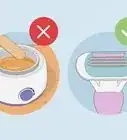This article was co-authored by Adarsh Vijay Mudgil, MD and by wikiHow staff writer, Hunter Rising. Dr. Adarsh Vijay Mudgil is a board certified Dermatologist, Dermatopathologist, and the Owner of Mudgil Dermatology, a state-of-the-art dermatology practice based in New York, New York. As one of the few dermatologists in the area to achieve board certification in both dermatology and dermatopathology, Dr. Mudgil specializes in all aspects of medical, surgical, and cosmetic dermatology. He received his Bachelor's degree with Phi Beta Kappa honors from Emory University and earned his Doctor of Medicine (MD) with Alpha Omega Alpha honors from the Stony Brook University School of Medicine. In medical school, Dr. Mudgil was among a handful of students nationwide to receive a coveted Howard Hughes Medical Institute Fellowship and Scholarship. He then completed his residency in dermatology at the Mount Sinai Medical Center in Manhattan, where he served as chief resident. Additionally, Dr. Mudgil went on to complete a fellowship at the prestigious Ackerman Academy of Dermatopathology. He is a fellow of the American Academy of Dermatology, the American Society for Dermatologic Surgery, and the American Society of Dermatopathology. Dr. Mudgil is also a member of the Mount Sinai School of Medicine teaching faculty.
There are 19 references cited in this article, which can be found at the bottom of the page.
This article has been viewed 85,278 times.
We know it can be a little intimidating cleaning up the hair around your pubic area since it’s so sensitive. If you’d rather not risk shaving the area with a razor, there are luckily a few other safe options you can try at home or get done professionally. We’ll go over everything you need to know for each hair removal method so you can find out what works best for you!
Steps
Depilatory Creams
-
1Buy a depilatory cream safe for your pubic area. Depilatories have chemicals that dissolve the hair down to just below your skin so it doesn't grow back as soon. Check out the cosmetics or shaving section in your local big-box store to find some depilatory cream. Make sure the label says it’s safe to use around your genitals since it uses gentler chemicals that cause less irritation.[1]
- Depilatory creams are usually painless and effective, but they have a strong and unpleasant odor when you use them. They also don’t permanently remove hair, so you’ll have to keep using the cream when your hair grows back.
-
2Test the depilatory on your skin to see if you have a negative reaction. Dab a quarter-sized amount of cream somewhere on your skin and leave it on for the amount of time listed on the package. Rinse the cream off once the time runs out or if you feel any burning or stinging. Keep an eye on your skin to see if you develop any irritation over the next day.[2]
- Some people have allergic reactions to the chemicals in depilatory creams, so it’s important to try it before applying it around your pubic region.
- If you don’t notice any skin reactions, then the cream is safe for you to use. If you develop redness or a rash, find a different product or try a different method.
Advertisement -
3Rub a thick layer of depilatory cream over your pubic area. Spread the cream evenly over your skin so it completely covers your pubic hair. Avoid rubbing the cream into your skin since it won’t be as effective. Immediately wash your hands right after applying the cream.[3]
- Do not apply depilatory cream on any irritated skin or any areas with cuts, scars, or moles since it can cause even more irritation.
-
4Leave the cream on your skin for the amount of time in the instructions. Look at the cream’s packaging to find out how long you need to leave it on your skin. While the cream sits on your skin, it will kill the hair so you can easily pull it away from your skin.[4]
- Times will vary depending on the brand you bought, but it usually takes around 3–4 minutes for depilatory creams to work.[5]
- If you feel any burning or irritation, rinse the cream off immediately.
-
5Wipe the cream and hair off your skin with a tissue. Take a clean tissue and slowly drag it across your skin to remove the cream. Your pubic hair will easily wipe off, leaving your skin nice and smooth. Keep wiping your skin until you remove as much cream as possible.[6]
-
6Rinse and dry any remaining cream off your body. There’s probably some stray cream that could cause irritation if you leave it on for longer than recommended. Hop in the shower or bath and rinse the area with lukewarm water to clean off the rest. Your skin may feel a little sensitive, so gently pat the area dry with a towel.[7]
- You don’t need to use any lotion or moisturizer after depilatory cream.
- Depilatory creams usually last for about 2 weeks before your hair starts to grow back.[8]
Waxing
-
1Buy hard wax since it’s less painful. Soft wax requires cloth strips and it could feel more painful once it dries on your skin. Hard wax doesn’t require any strips, so you can apply it directly and just remove it as soon as it dries on your hair. Check local cosmetics stores to see what they have for waxing supplies.[9]
- Waxing removes the hair down to the root, so it takes the longest for your hair to grow back, but it’s also the most painful method since you’re ripping the hairs out. It may be a good choice for the area around your genitals, but not to use directly on them.
-
2Cut your hair to 1⁄4–3⁄4 in (0.64–1.91 cm) with trimming scissors. Waxing works best when you have shorter pubic hair since it won’t pull your skin as much. Use a pair of trimming scissors or an electric trimmer to cut your pubic hair closer to your skin. Just work slowly and carefully so you don’t accidentally nick yourself.[10]
- Avoid using the same trimmers or scissors you use on your face since you could easily spread bacteria.
-
3Take over-the-counter pain medication 30 minutes before you wax. Since waxing can be really painful, take some ibuprofen or acetaminophen before you start. Follow the dosage instructions on the package and wait about 30 minutes for the medication to kick in. While you’ll still feel some pain and irritation, it won’t be as intense.[11]
- You could also use ice packs to help numb your skin before you start waxing.
-
4Wash and dry the area you’re waxing. Wax grips your hair better when it’s clean, so hop in your shower and gently clean your pubic area. Pat yourself completely dry with a towel to get the best results.[12]
-
5Heat the wax until it’s warm and easy to apply. Read the label on the wax you bought to find the best way to heat and soften it. You can usually put the wax on your stove or in your oven until it’s melted, but follow the instructions they give you. Test a small spot of wax on your wrist to make sure it’s warm, but not so hot that it hurts or burns you.[13]
- You can also buy a commercial wax warmer from cosmetics stores if you want more control over the temperature.
-
6Spread wax over a section of pubic hair with popsicle sticks and let it harden. Dip the end of the popsicle stick in the wax and scoop some onto a small section of your pubic hair. Spread the wax following the direction that your hair grows for the smoothest application and results. Leave the wax on your skin for a few minutes until it dries completely.[14]
- Use popsicle sticks to apply your wax so you don’t get it all over your hands.
- While it may take more time to wax your pubic hair in sections, it’ll cause less irritation later on.
-
7Pull the wax up quickly in the opposite direction of the hair. Hold your skin tight with one hand. Pinch the wax along the edge of the wax. Take a deep breath to prepare, and quickly pull the wax in the direction opposite of your hair growth. It might sting or feel painful for a moment, but it will go away soon.[15]
- If you’re having trouble pulling the wax on your own, ask a friend you really trust to help out.
- It typically takes 3–6 weeks for your hair to grow back before you need to wax again.
Trimming
-
1Invest in a pair of trimming scissors or an electric body hair trimmer. Small trimming scissors are a lot easier to handle especially around your pubic area. Alternatively, you can use a trimmer made for body hair that’s less likely to snag or pull while you’re trimming. Just be sure you use a guard to avoid pinching your skin. You can find either in the cosmetics or shaving section in big box stores.[16]
- Use a different trimmer or scissors than what you’d use on your face so you don’t expose yourself to any bacteria.
-
2Wait until your pubic hair is dry. When you have wet hair, it gets a little harder to see what you’re trimming, so you could accidentally cut off too much hair or hurt yourself. If you just bathed or showered, dry off with your towel completely before you start trimming.[17]
-
3Trim your hair while you’re standing. It might seem easier to trim your pubic hair while you’re lying down so you don’t have to crane your neck as much, but you won’t be able to see as well. You can get a better view of what you’re doing when you’re standing up and raising one leg, so try that instead.[18]
- Stand over a wastebasket while you’re trimming so you don’t have to clean up as much when you’re finished. Otherwise, trim in a room with hard floors so your hair is easier to sweep up.
-
4Snip or trim your pubic hair as close to your skin as you want. If you’re using scissors, pinch a few strands of pubic hair between your fingers and gently pull it taut. Slowly snip the hair to the length you want. Work your way around your pubic area carefully trimming the rest of your hair. If you have electric trimmers, put on the guard for the length you want. Pull your skin tight and guide the trimmers in the same direction as your hair grows to reduce irritation.[19]
- The length of your pubic hair all depends on your personal preference.
- It might help to have a hand mirror if you’re trimming the hair around your testicles so you can get a better view of where you’re cutting.
- Trimming doesn’t completely remove your pubic hair, but it’s a good way to clean up any long or stray hairs.
-
5Sterilize your scissors or trimmer with rubbing alcohol afterward. As soon as you finish trimming, wet a cloth with some rubbing alcohol and wipe down your scissors or trimmers. That way, you kill any harmful bacteria on the surface and prevent any infections when you use them in the future.[20]
Professional Treatments
-
1Get a wax at a salon if you don’t feel comfortable doing it yourself. If it’s your first time or you just don’t feel confident waxing yourself, search for salons that offer pubic waxing in your area. Salon professionals can help you wax so you feel the least amount of pain and have the least risk of infection.[21]
- Each time an esthetician applies wax, they should use a new wooden stick. If they use the same stick multiple times, it could contaminate the wax and spread bacteria.[22]
-
2Use electrolysis for an FDA-approved permanent treatment. During electrolysis, a dermatologist inserts a thin needle into your hair follicle that sends a small electric current to destroy the cells. While it’s usually painless, you may feel a pinch from the needle. You’ll typically need appoints every week or every other week for up to a year and a half to completely remove your hair, but it varies depending on how thick or coarse it is.[23]
- Electrolysis appointments usually last 15–60 minutes.
- There are only slight risks of infection or scarring if the electrolysis is done incorrectly, but it’s very safe if you’re getting a professional treatment.
-
3Consider laser hair removal treatments for permanent removal. Laser hair removal kills the hair follicle with intense lights so it doesn’t have any new growth.[24] You’ll usually need to make an appointment with a dermatologist or laser hair removal specialist every month until all your hair is gone since the lasers only work during the active growing cycle. However, sessions can be pretty pricey.[25]
- Make sure that you get laser hair removal done under the guidance of a board-certified dermatologist or plastic surgeon.[26]
- Laser hair removal is only meant to target your pubic line and not your genitals, so it may not be the best option if you want to remove all of your pubic hair.
- Sometimes, you may still have some stray hairs grow in and have to make a maintenance appointment once a year to control them.[27]
Expert Q&A
-
QuestionWhy is it essential to find an experienced person for laser hair removal?
 Adarsh Vijay Mudgil, MDDr. Adarsh Vijay Mudgil is a board certified Dermatologist, Dermatopathologist, and the Owner of Mudgil Dermatology, a state-of-the-art dermatology practice based in New York, New York. As one of the few dermatologists in the area to achieve board certification in both dermatology and dermatopathology, Dr. Mudgil specializes in all aspects of medical, surgical, and cosmetic dermatology. He received his Bachelor's degree with Phi Beta Kappa honors from Emory University and earned his Doctor of Medicine (MD) with Alpha Omega Alpha honors from the Stony Brook University School of Medicine. In medical school, Dr. Mudgil was among a handful of students nationwide to receive a coveted Howard Hughes Medical Institute Fellowship and Scholarship. He then completed his residency in dermatology at the Mount Sinai Medical Center in Manhattan, where he served as chief resident. Additionally, Dr. Mudgil went on to complete a fellowship at the prestigious Ackerman Academy of Dermatopathology. He is a fellow of the American Academy of Dermatology, the American Society for Dermatologic Surgery, and the American Society of Dermatopathology. Dr. Mudgil is also a member of the Mount Sinai School of Medicine teaching faculty.
Adarsh Vijay Mudgil, MDDr. Adarsh Vijay Mudgil is a board certified Dermatologist, Dermatopathologist, and the Owner of Mudgil Dermatology, a state-of-the-art dermatology practice based in New York, New York. As one of the few dermatologists in the area to achieve board certification in both dermatology and dermatopathology, Dr. Mudgil specializes in all aspects of medical, surgical, and cosmetic dermatology. He received his Bachelor's degree with Phi Beta Kappa honors from Emory University and earned his Doctor of Medicine (MD) with Alpha Omega Alpha honors from the Stony Brook University School of Medicine. In medical school, Dr. Mudgil was among a handful of students nationwide to receive a coveted Howard Hughes Medical Institute Fellowship and Scholarship. He then completed his residency in dermatology at the Mount Sinai Medical Center in Manhattan, where he served as chief resident. Additionally, Dr. Mudgil went on to complete a fellowship at the prestigious Ackerman Academy of Dermatopathology. He is a fellow of the American Academy of Dermatology, the American Society for Dermatologic Surgery, and the American Society of Dermatopathology. Dr. Mudgil is also a member of the Mount Sinai School of Medicine teaching faculty.
Board Certified Dermatologist & Dermatopathologist Laser hair removal must be under the guidance of a board-certified dermatologist or plastic surgeon. They can assess your risk and give you some post-treatment, prescriptions, or advice.
Laser hair removal must be under the guidance of a board-certified dermatologist or plastic surgeon. They can assess your risk and give you some post-treatment, prescriptions, or advice. -
QuestionDoes laser hair removal have any side effects?
 Adarsh Vijay Mudgil, MDDr. Adarsh Vijay Mudgil is a board certified Dermatologist, Dermatopathologist, and the Owner of Mudgil Dermatology, a state-of-the-art dermatology practice based in New York, New York. As one of the few dermatologists in the area to achieve board certification in both dermatology and dermatopathology, Dr. Mudgil specializes in all aspects of medical, surgical, and cosmetic dermatology. He received his Bachelor's degree with Phi Beta Kappa honors from Emory University and earned his Doctor of Medicine (MD) with Alpha Omega Alpha honors from the Stony Brook University School of Medicine. In medical school, Dr. Mudgil was among a handful of students nationwide to receive a coveted Howard Hughes Medical Institute Fellowship and Scholarship. He then completed his residency in dermatology at the Mount Sinai Medical Center in Manhattan, where he served as chief resident. Additionally, Dr. Mudgil went on to complete a fellowship at the prestigious Ackerman Academy of Dermatopathology. He is a fellow of the American Academy of Dermatology, the American Society for Dermatologic Surgery, and the American Society of Dermatopathology. Dr. Mudgil is also a member of the Mount Sinai School of Medicine teaching faculty.
Adarsh Vijay Mudgil, MDDr. Adarsh Vijay Mudgil is a board certified Dermatologist, Dermatopathologist, and the Owner of Mudgil Dermatology, a state-of-the-art dermatology practice based in New York, New York. As one of the few dermatologists in the area to achieve board certification in both dermatology and dermatopathology, Dr. Mudgil specializes in all aspects of medical, surgical, and cosmetic dermatology. He received his Bachelor's degree with Phi Beta Kappa honors from Emory University and earned his Doctor of Medicine (MD) with Alpha Omega Alpha honors from the Stony Brook University School of Medicine. In medical school, Dr. Mudgil was among a handful of students nationwide to receive a coveted Howard Hughes Medical Institute Fellowship and Scholarship. He then completed his residency in dermatology at the Mount Sinai Medical Center in Manhattan, where he served as chief resident. Additionally, Dr. Mudgil went on to complete a fellowship at the prestigious Ackerman Academy of Dermatopathology. He is a fellow of the American Academy of Dermatology, the American Society for Dermatologic Surgery, and the American Society of Dermatopathology. Dr. Mudgil is also a member of the Mount Sinai School of Medicine teaching faculty.
Board Certified Dermatologist & Dermatopathologist The significant side effect of laser hair removal is that you might get a burn from the laser. The way to prevent that is to make sure that your provider has adequate experience.
The significant side effect of laser hair removal is that you might get a burn from the laser. The way to prevent that is to make sure that your provider has adequate experience.
Warnings
References
- ↑ https://kidshealth.org/en/teens/sideburns.html
- ↑ https://www.aad.org/public/everyday-care/skin-care-basics/hair/remove-unwanted-hair
- ↑ https://youtu.be/r6hrYM8ALPg?t=66
- ↑ https://www.aad.org/public/everyday-care/skin-care-basics/hair/remove-unwanted-hair
- ↑ https://vimeo.com/350899416
- ↑ https://youtu.be/r6hrYM8ALPg?t=79
- ↑ https://youtu.be/r6hrYM8ALPg?t=85
- ↑ https://kidshealth.org/en/teens/hair-removal.html
- ↑ https://www.glamour.com/story/sugaring-vs-waxing-which-one-should-you-pick
- ↑ https://youtu.be/y8IFbXGDXYc?t=12
- ↑ https://www.aad.org/public/everyday-care/skin-care-basics/hair/how-to-wax
- ↑ https://www.aad.org/public/everyday-care/skin-care-basics/hair/how-to-wax
- ↑ https://youtu.be/y8IFbXGDXYc?t=65
- ↑ https://www.aad.org/public/everyday-care/skin-care-basics/hair/how-to-wax
- ↑ https://youtu.be/y8IFbXGDXYc?t=95
- ↑ https://goaskalice.columbia.edu/answered-questions/shaving-pubic-hair-avoiding-razor-burn-and-ingrown-hairs
- ↑ https://goaskalice.columbia.edu/answered-questions/shaving-pubic-hair-avoiding-razor-burn-and-ingrown-hairs
- ↑ https://www.aad.org/public/everyday-care/skin-care-basics/hair/trimming-pubic-hair
- ↑ https://www.aad.org/public/everyday-care/skin-care-basics/hair/trimming-pubic-hair
- ↑ https://greatist.com/health/pubic-hair-removal#prevent-ingrown-hairs
- ↑ https://kidshealth.org/en/teens/sideburns.html
- ↑ https://www.aad.org/public/everyday-care/skin-care-basics/hair/trimming-pubic-hair
- ↑ https://my.clevelandclinic.org/health/treatments/8306-electrolysis
- ↑ Adarsh Vijay Mudgil, MD. Board Certified Dermatologist & Dermatopathologist. Expert Interview. 8 October 2020.
- ↑ https://health.clevelandclinic.org/the-pros-and-cons-of-at-home-laser-hair-removal/
- ↑ Adarsh Vijay Mudgil, MD. Board Certified Dermatologist & Dermatopathologist. Expert Interview. 8 October 2020.
- ↑ Adarsh Vijay Mudgil, MD. Board Certified Dermatologist & Dermatopathologist. Expert Interview. 8 October 2020.
- ↑ https://www.aad.org/public/everyday-care/skin-care-basics/hair/trimming-pubic-hair
- ↑ https://www.mayoclinic.org/healthy-lifestyle/adult-health/expert-answers/pubic-hair-removal/faq-20455693
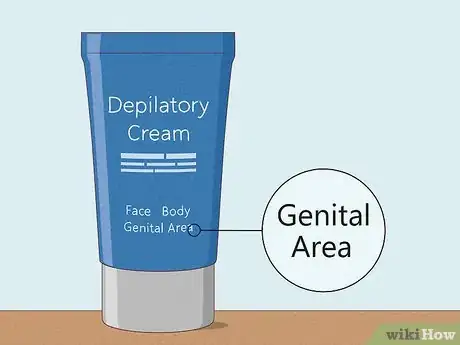
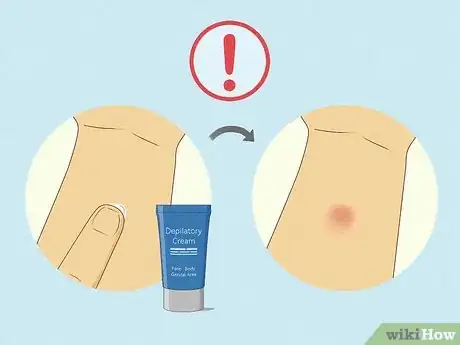

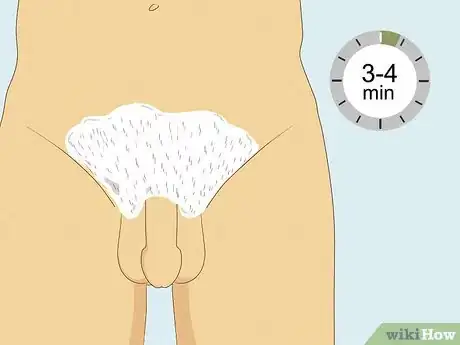
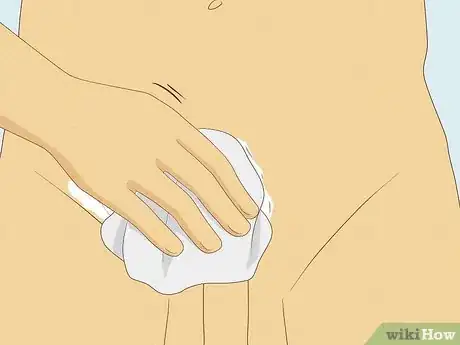





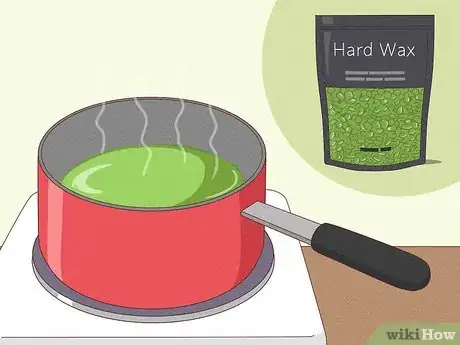
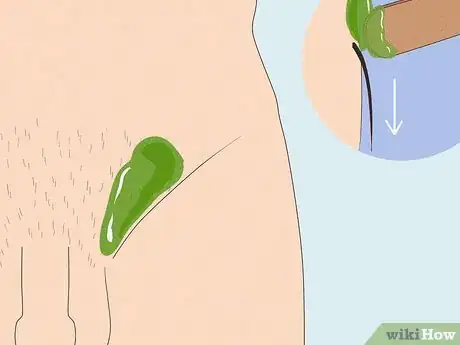
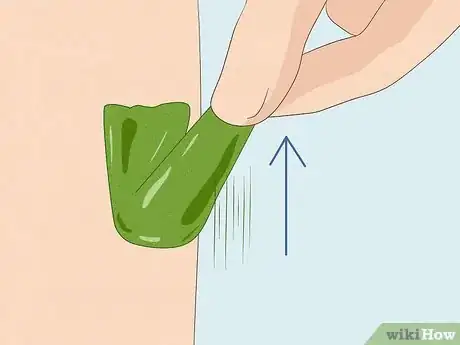
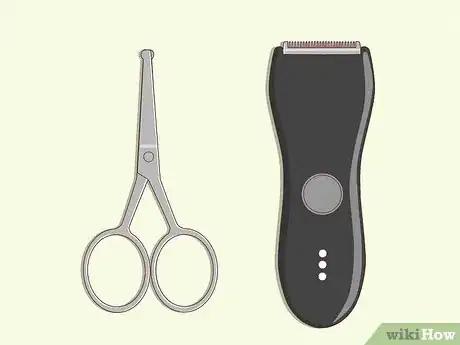
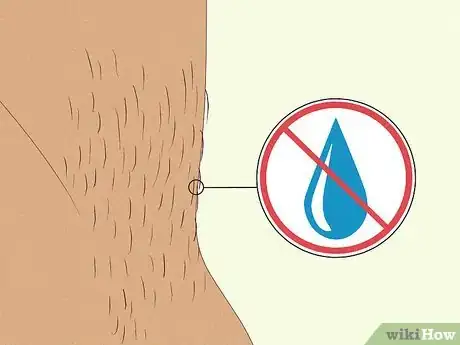
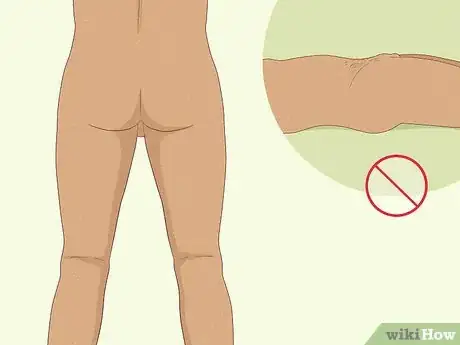
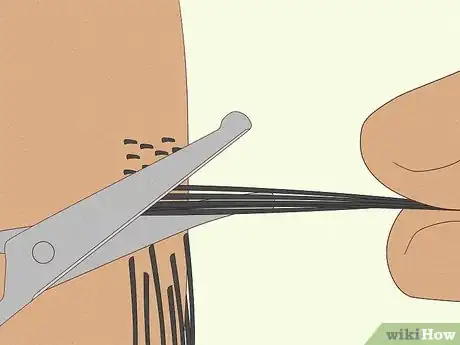
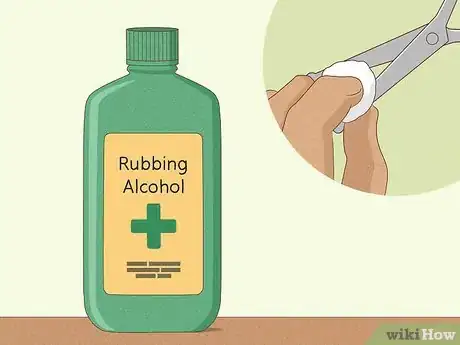
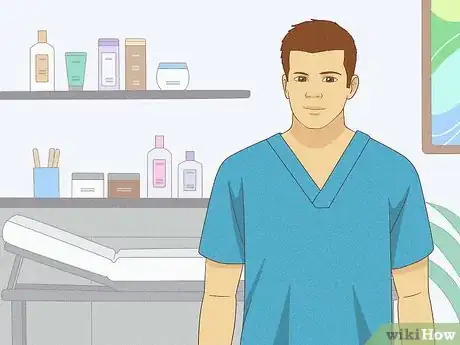
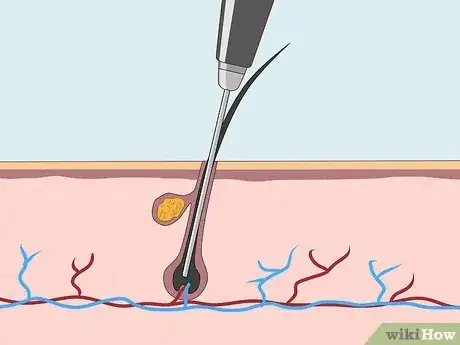
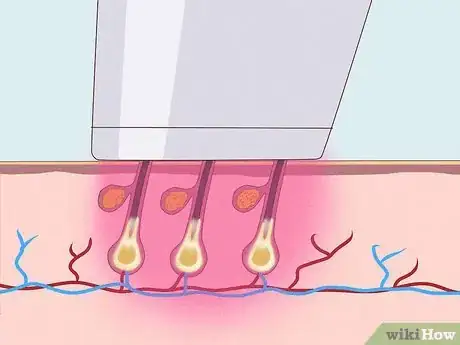

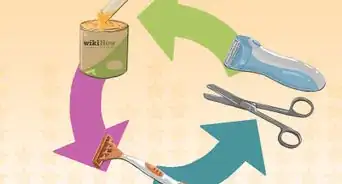



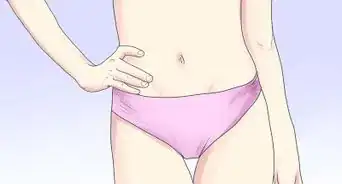
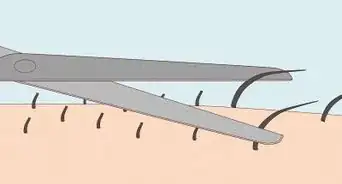




-Step-24-Version-2.webp)










